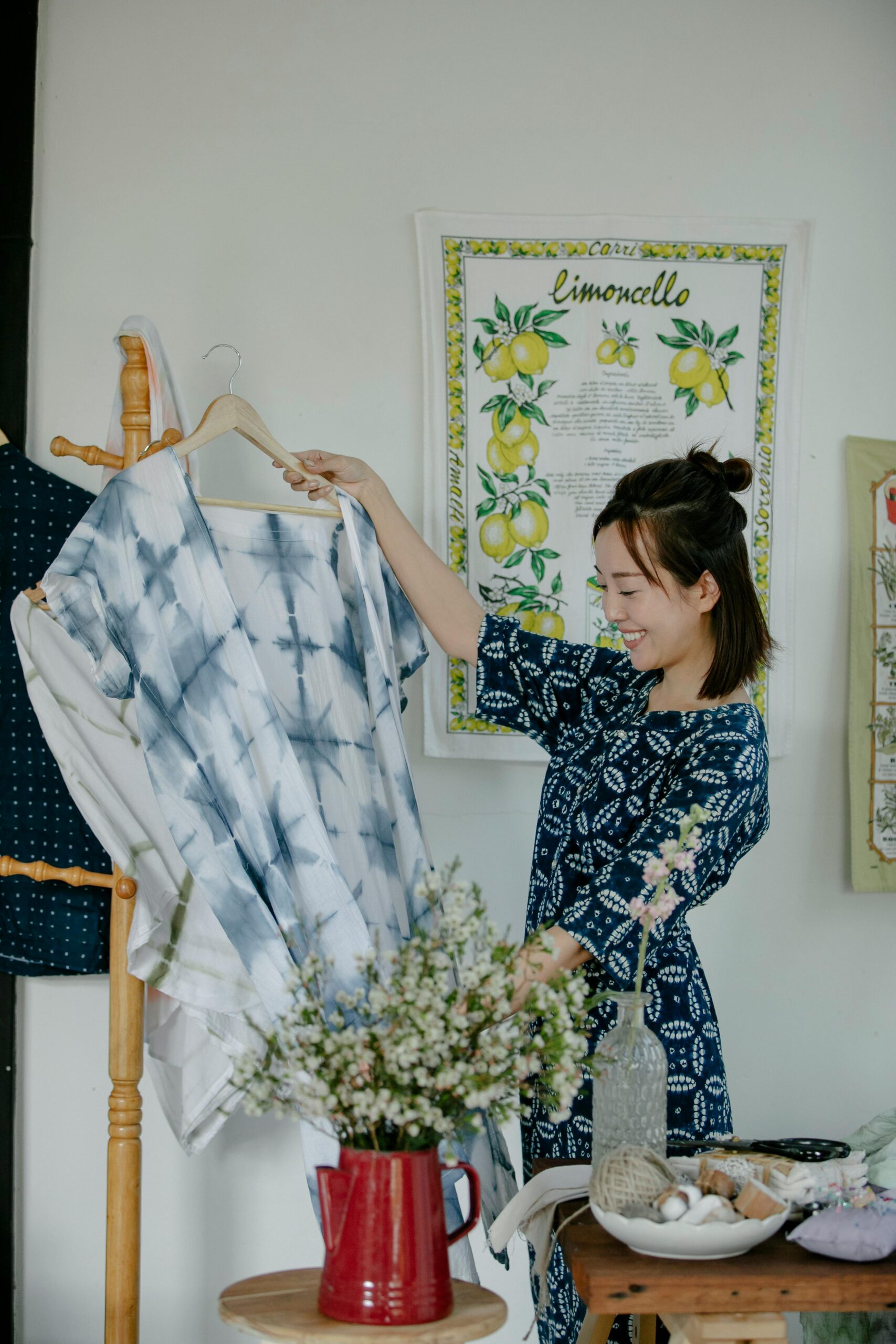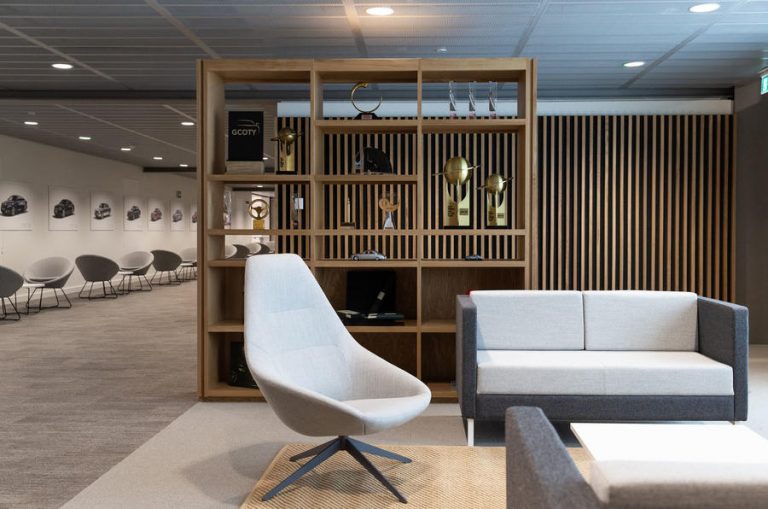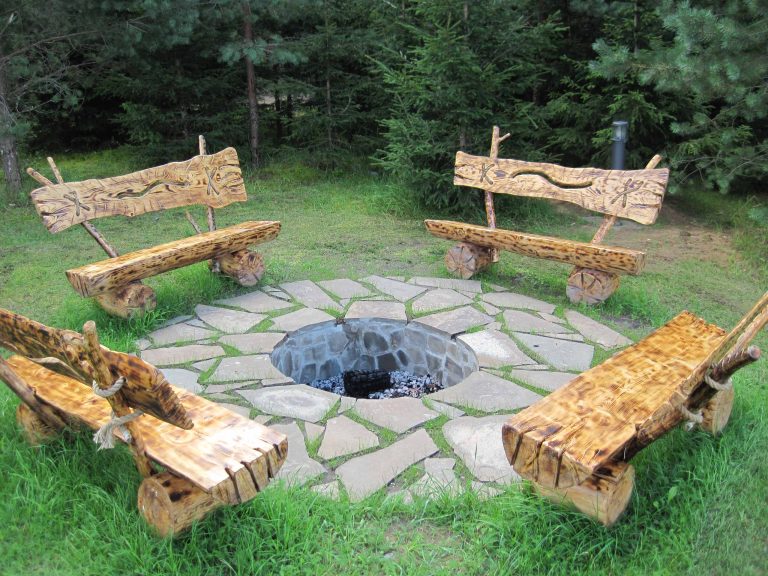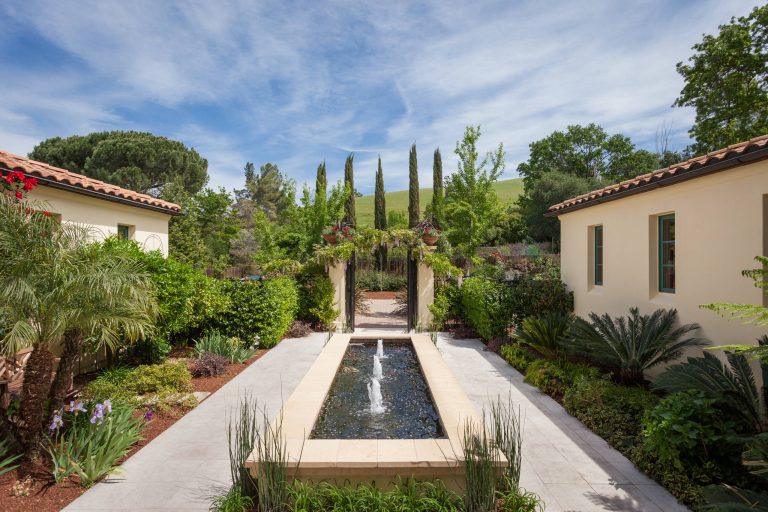Elevate Your Space: Integrating Traditional Asian Crafts into Modern Home Decor
Beyond the souvenir: curating your home’s soul
You have the clean lines, the neutral palette, the sleek contemporary furniture. Your modern home is a testament to sophisticated taste, yet a quiet question lingers in the uncluttered spaces: where is the soul? So often, in our pursuit of minimalist perfection, we can edit out the very character that makes a house a home. The risk of adding personal touches, especially from other cultures, feels high. You want to avoid the cluttered, “souvenir shop” look at all costs. But the solution isn’t more of the same. It’s about a shift in mindset. It’s time to move beyond mere decoration and become the curator of your own space. This guide will show you how to thoughtfully integrate the profound beauty and history of traditional Asian crafts, transforming your home from a stylish gallery into a personal sanctuary filled with story and warmth.

This Photo was taken by Teona Swift.
From decoration to curation: a new mindset for modern interiors
The key to a successful blend of old and new lies in intention. Anyone can place an object on a shelf. A curator, however, understands context, story, and relationship. When you bring a piece of traditional craft into a modern setting, you are creating a dialogue between eras, materials, and cultures. This isn’t about filling empty space. It’s about selecting pieces that resonate with you and add a new layer of meaning to your environment. Think of your home as a collection where each piece, modern or traditional, is chosen to contribute to a single, cohesive narrative: yours.
Principle 1: the language of texture
Modern design often celebrates smooth, seamless surfaces like polished concrete, glass, and metal. Traditional crafts offer a powerful and necessary counterbalance through texture. The subtle imperfections of a hand-thrown vase, the grain of reclaimed wood, or the intricate weave of a textile introduce a human touch that sterile environments crave. This tactile contrast creates visual interest and a sense of warmth and history.
- Ceramics: Look for pieces that celebrate their handmade nature. The Japanese philosophy of Wabi-Sabi finds beauty in imperfection, making raku-fired pottery or unglazed stoneware a perfect foil for a minimalist console. The principles of embracing imperfection found in Wabi-Sabi can bring profound depth to a space.
- Textiles: A single, vibrant piece of Indonesian batik framed as art or a hand-dyed indigo throw from Thailand draped over a leather sofa can instantly elevate a room.
- Natural Fibers: Materials like bamboo and rattan add organic texture and a connection to nature. The use of bamboo in Asian interior design is a timeless way to add both sustainable structure and style.
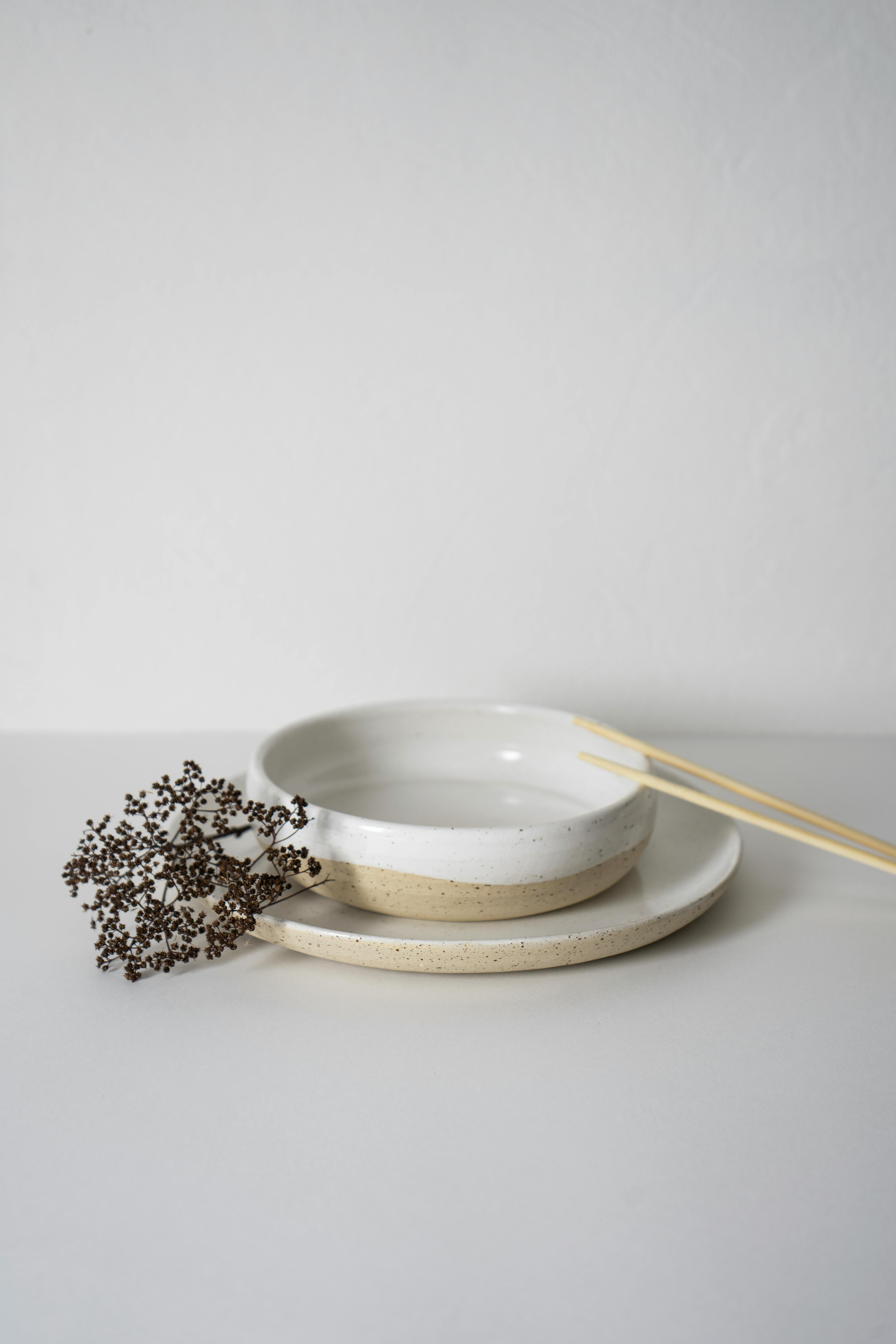
This Photo was taken by Галина Ласаева.
The power of a single story: choosing pieces with narrative
Rather than scattering many small items, focus on one or two “hero” pieces that carry a significant story. This approach respects both the craft and your modern aesthetic, allowing the piece to stand out as a focal point. Research the origin and meaning behind the craft. A piece is no longer just an object when you understand the generations of skill it represents. This is about choosing items recognized by institutions like UNESCO for their Intangible Cultural Heritage.
The functional masterpiece: beyond pure aesthetics
Some of the most powerful integrations happen when a craft piece is also functional. This grounds the item in your daily life, making its beauty a part of your routine. Consider how a traditional object can solve a modern problem.
For example, you can introduce the serene beauty of Shoji screens not just as decoration but as elegant and light-filtering room dividers for an open-plan living area. A set of hand-carved wooden bowls from the Philippines can serve as a catch-all on your entryway table, blending utility with artistry.

This Photo was taken by Teona Swift.
The sustainable statement
In an era of mass production, choosing handcrafted items is an inherently sustainable act. These pieces are typically made from locally sourced, natural materials and are built to last for generations, not just a season. This aligns perfectly with a modern desire for conscious consumerism. The global market for handcrafted goods reflects this shift, with projections showing steady growth as consumers seek authenticity and eco-friendly options.
By investing in a handcrafted piece, you are supporting artisanal communities and preserving cultural heritage. It’s a choice that reflects a commitment to quality and the core tenets of sustainable interior design.
| Market Segment | Projected Growth (CAGR 2024-2028) | Key Drivers |
|---|---|---|
| Global Handicrafts Market | ~8.5% | Rising demand for unique, personalized products; growth of e-commerce platforms. |
| Sustainable Home Decor | ~6.0% | Increased consumer awareness of environmental impact; preference for natural materials. |
Data sourced from market analysis by Statista and industry reports.

This Photo was taken by Eva Bronzini.
Achieving harmony: the art of the modern-traditional blend
Once you have selected your piece, integration is key. The goal is harmony, not a culture clash. You want the new item to feel like it has always belonged.
The 80/20 rule of design
To maintain a modern feel, aim for a ratio of roughly 80% contemporary to 20% traditional. This ensures your handcrafted pieces act as compelling highlights rather than overwhelming the space. Your modern furniture and architecture remain the canvas, while the traditional crafts are the masterstrokes. This curated balance is essential for those looking to master minimalist interior design without creating a cold environment.

This Photo was taken by cottonbro studio.
Creating visual conversations
Place your pieces strategically to create a dialogue. Position a rustic, dark-wood Chinese scholar’s stool next to a sleek, metal-and-glass side table. The contrast in material, age, and form makes both objects more interesting. As noted by experts at Architectural Digest, mixing periods and styles successfully is about finding a common thread, whether it’s color, form, or scale.
Let it breathe: the role of negative space
A masterpiece needs space. Do not crowd your handcrafted item. Allow for ample negative space around it so the eye is naturally drawn to its details. This principle of uncluttered flow is not just good design; it’s a core concept in mastering Feng Shui for a harmonious home. Let the piece command its area, whether it’s a celadon vase on a mantle or a calligraphy scroll on a large, empty wall. The space around an object is just as important as the object itself.

This Photo was taken by Greta Hoffman.
Frequently asked questions
Where can I find authentic Asian craft pieces?
Look beyond generic home decor stores. Seek out specialized online galleries, reputable antique dealers, and artisan collectives that work directly with makers. Visiting museum shops, like that of the Metropolitan Museum of Art’s Asian Art collection, can also be a great source for high-quality reproductions and inspired items.
How do I avoid cultural appropriation?
The key is respect and research. Buy from sources that ethically compensate artisans. Take the time to learn the story and cultural significance of the piece you are buying. You are not adopting a belief system, but rather honoring a specific art form and the skill behind it. The goal is appreciation, not appropriation.
Can I mix crafts from different Asian cultures?
Absolutely, but do it with the same curatorial mindset. Rather than a chaotic mix, find a unifying theme. This could be a shared color palette (e.g., indigo dyes from Japan and India), a common material (like various forms of woodwork), or a similar purpose (such as a collection of different ceremonial teacups).
What is one good piece to start with?
A ceramic vessel is an excellent starting point. It’s versatile, comes in countless styles (from a Korean Moon Jar to a Japanese Shino-ware vase), and can be easily placed on a shelf, table, or floor. It’s a small but impactful way to introduce texture, history, and artistry into your home.

This Photo was taken by Teona Swift.
Your home, your curated story
Integrating traditional Asian crafts into your modern home is not about following a trend. It’s about a fundamental upgrade to your living space, infusing it with layers of meaning that mass-produced decor can never offer. By adopting a curator’s mindset, you can move beyond simple aesthetics. Focus on the core principles: lead with texture to add warmth and contrast, choose pieces with a compelling narrative to give your space a history, and use balance and negative space to ensure a harmonious blend. So, what is the ultimate result? You transform your home from a beautifully designed but impersonal house into a deeply personal sanctuary. You create a space that not only looks stunning but also tells a rich, soulful story—a story that is uniquely and authentically yours. Your home will finally have the character you’ve been searching for, curated by its most important expert: you.

This Photo was taken by Sasha Kim.
